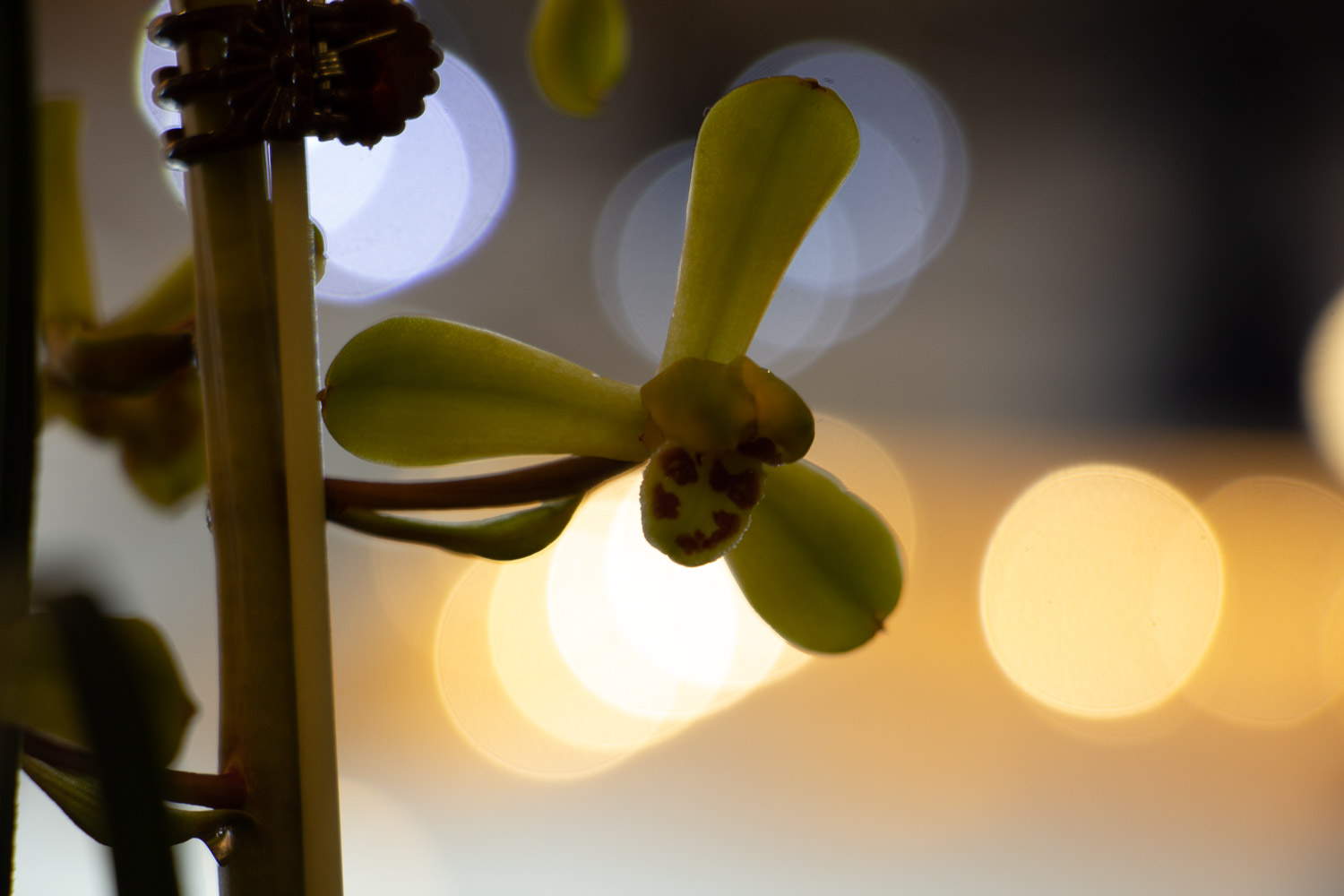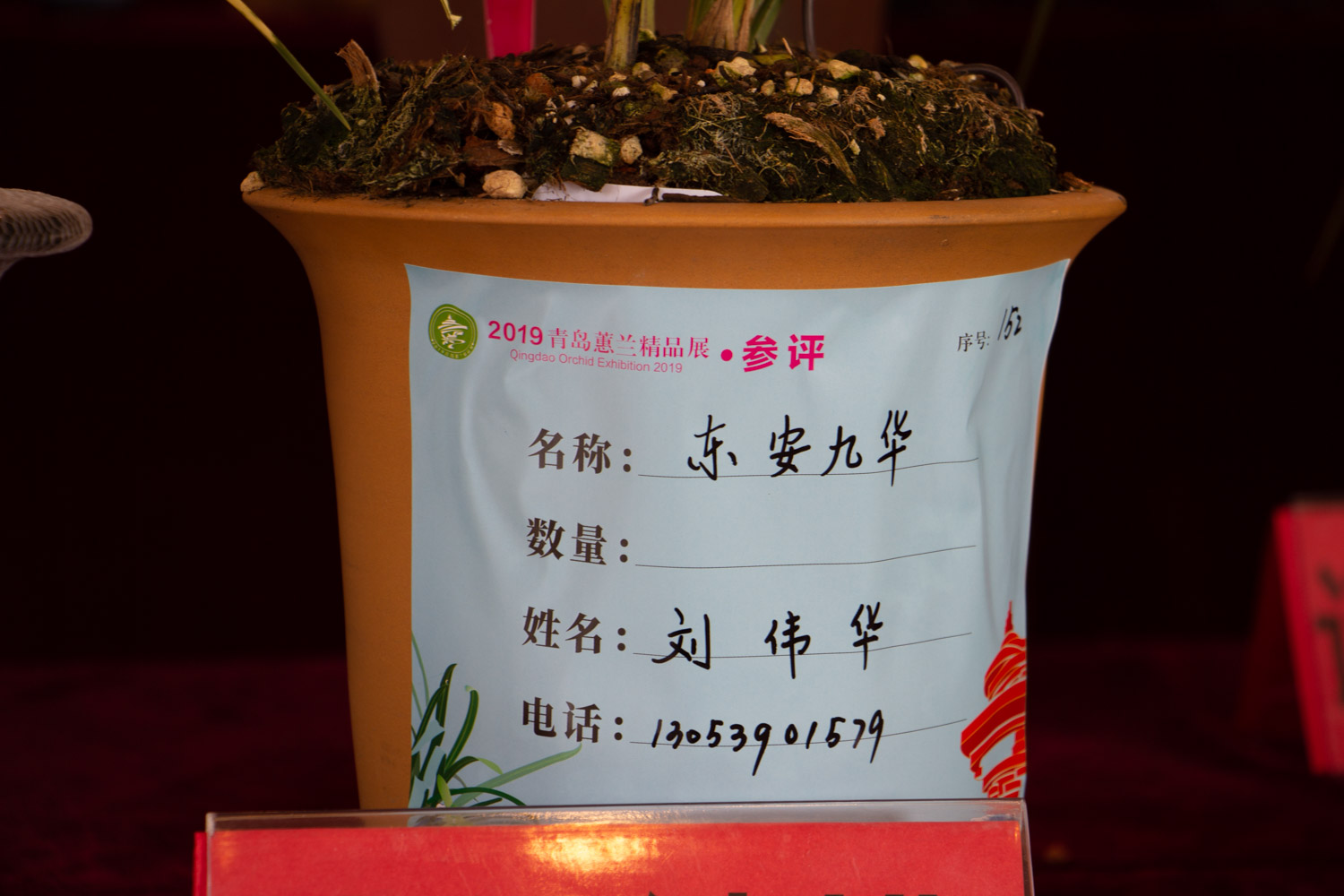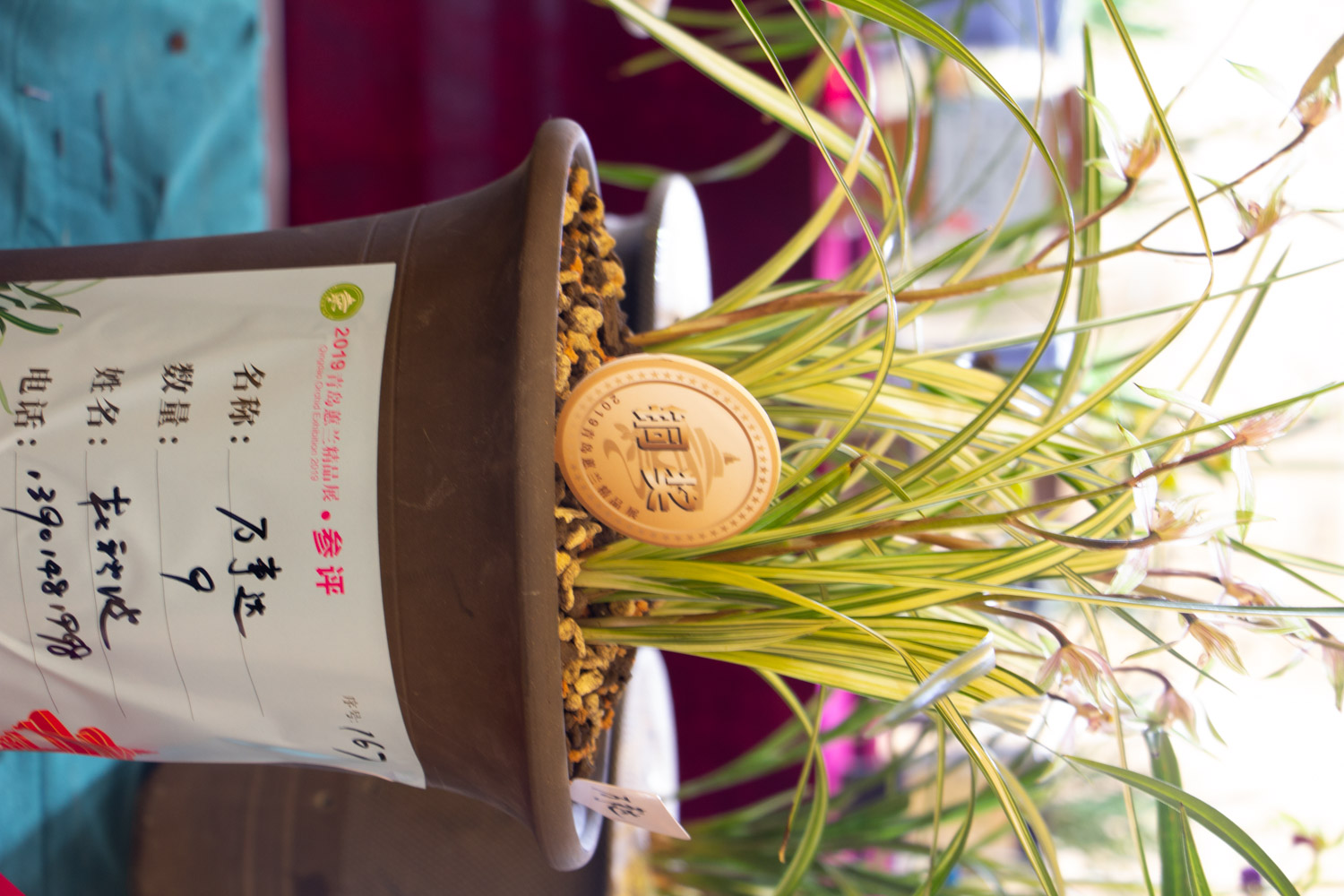1. Relevant requirements
(1) Loose and breathable: first of all, of course, these two requirements, so that it can breathe smoothly. Moreover, its roots can develop normally
(2) Good drainage: the second one is about drainage. This is also very important because this plant is very afraid of waterlogging. If the drainage is not good, it will cause ponding and easily endanger the plant

(3) More humus: This is nutritional. With more nutrition, it will grow vigorously later
(4) Acidic: according to the characteristics of this plant, it doesn't like alkaline, but likes acidic. However, it doesn't need to be too sour. The pH value is between 6 and 6.5

2. Soil allocation method
(1) Yanglan: for this, the configuration method is relatively simple. Just mix rotten bark and soil, accounting for half each
(2) Guolan: for this, it's a little more troublesome, and there are more methods. The first is to mix rotten leaf soil, red soil (wild or beside the road) and river sand (or red sand), with a ratio of 6:3:1. This method meets most requirements, including ventilation, drainage and fertility. Second, rotten leaf soil, broken red brick particles, river sand and dried animal manure can be mixed. Rotten leaf soil accounts for 60% and others account for 10% respectively. This matching method is more troublesome, but the effect will be relatively good. There is a third way, which is simpler. Just mix rotten leaf soil and sandy loam, half each. However, it should be noted that no matter which one you choose, you can't make it alkaline


 how many times do yo...
how many times do yo... how many planted tre...
how many planted tre... how many pine trees ...
how many pine trees ... how many pecan trees...
how many pecan trees... how many plants comp...
how many plants comp... how many plants can ...
how many plants can ... how many plants and ...
how many plants and ... how many pepper plan...
how many pepper plan...





























